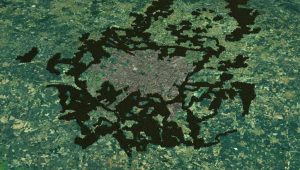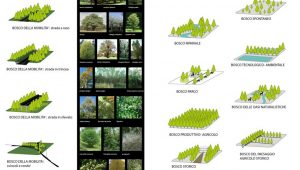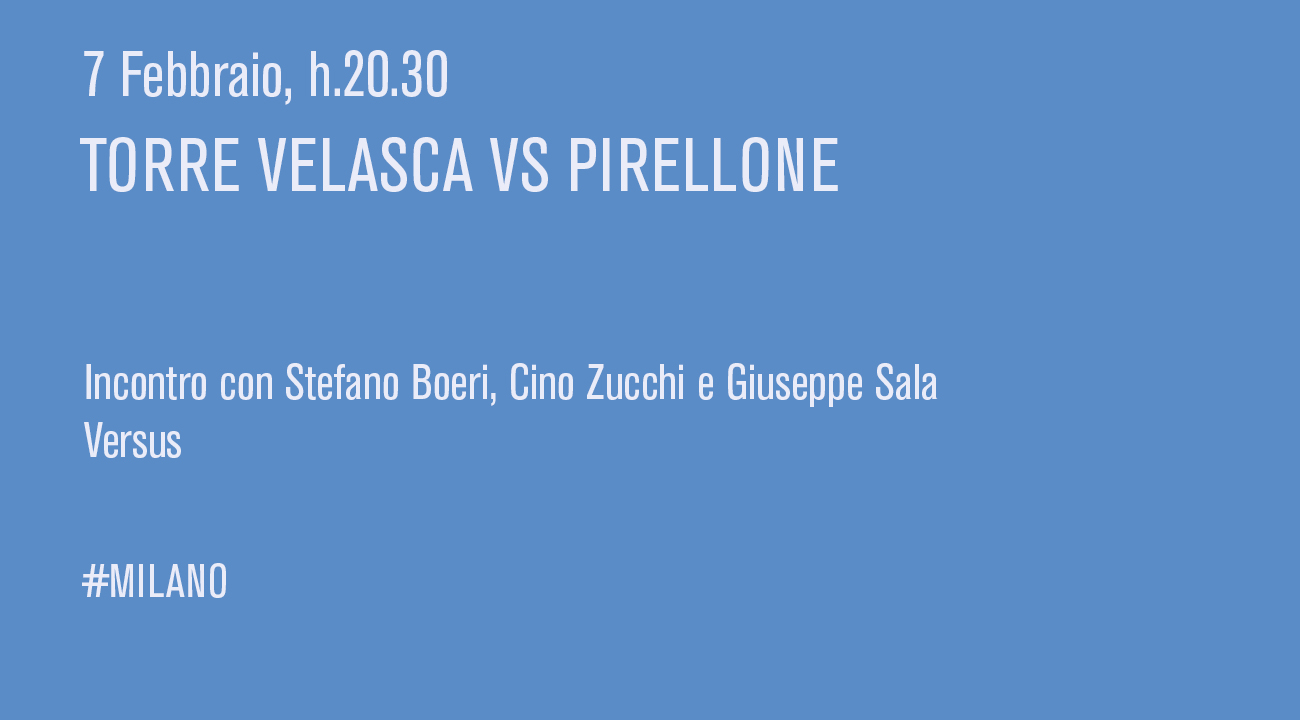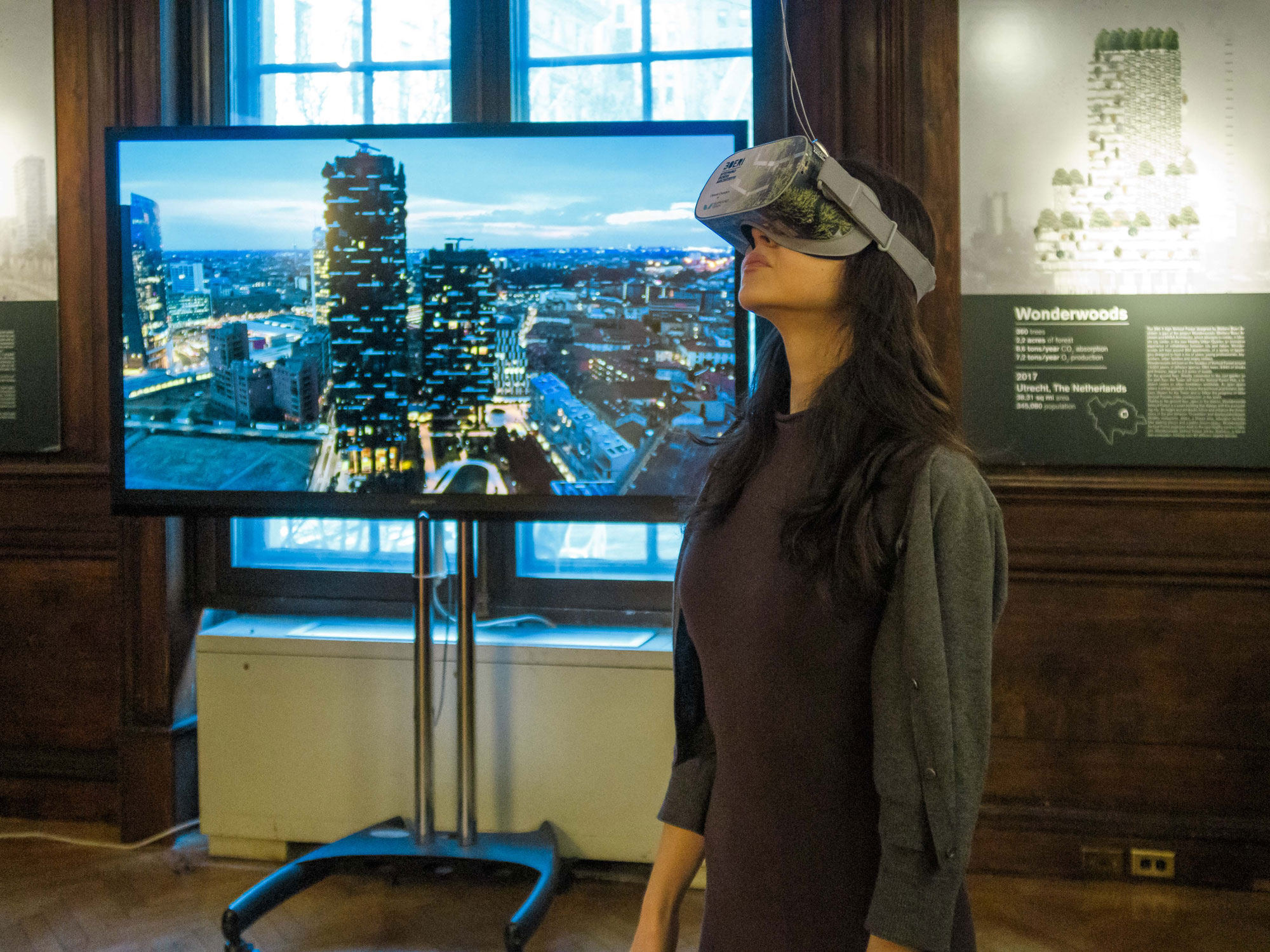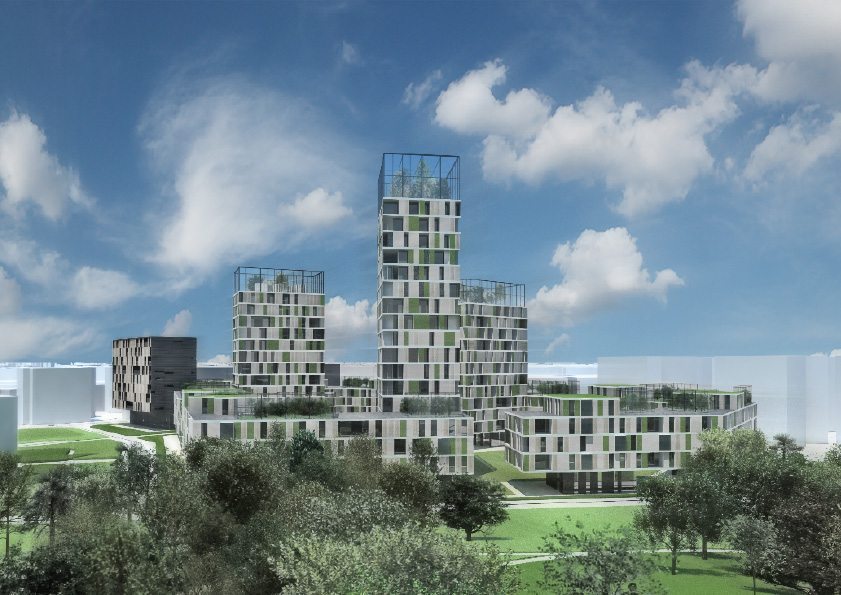Images
Project
Boeri Studio
Location
Milan, Italy
Year
2007
Client
Provincia di Milano
Surface
Project area: 30.000 ha
Multiplicity Lab with DiAP Research Lab, Polytechnic of Milan
Metrobosco is both a scenario and a pilot project from the Province of Milan Strategic Plan developed by Stefano Boeri together with multiplicity.lab, a research laboratory forming part of the DiAP-Milan Polytechnic. The project envisages the construction of a green belt of about 30,000 hectares consisting of woods, parks and avenues laid out around the city of Milan and the peri-urban countryside in areas of both public and private property. The transformation process will take place through a series of implementation phases with the direct involvement of local figures and institutions and will cover around 15% of the entire provincial territory. Thanks to Metrobosco, the city will be able to generate more oxygen, be better protected from pollution and enjoy an improved climate and more vital and welcoming landscapes. Conceptually, Metrobosco is similar to a new “shade threshold”: that is, in strategic terms, a green belt capable of acting as a natural limit to urban expansion. It takes the form of a vast natural belt placed around the Milan ring roads but also a network of green arteries that acts as a natural connection between Milan’s Dorsale Nord project and the extensive Ticino and Adda natural parks.
Already partially created, the main objective of the Metrobosco project is the development around the urban territory of Milan of a swathe band of continuous forest, able to restore spaces and corridors for living to the non-domestic animal species that live and move around the Milanese countryside and which penetrate and come into conflict with the hyper-anthropized environment of the city on an ever-increasing basis. This large new metropolitan forest will be able to combine the different large territorial parks already existing in Milan’s periurban belt in a single continuous system, including not only the numerous agricultural areas laid out around the city but also the innumerable farmsteads and small rural villages.
This process will give rise and growth to a complex green organism, only partially accessible to human beings and their activities: a place that will once more become “wild” and where nature will be free to find its primordial, rich and autonomous expression, reclaiming space and environments from the flat and homogeneous areas today destined for long term single crop agriculture.
On the operational level, creation of the Metrobosco envisages the planting of three million new trees: a plan of unprecedented and highly demanding dimensions but which can be achieved thanks to the synergistic contribution of a combination of elements: first of all the towns located along the geographical belt and secondly those companies interested in environmental compensation actions, but also those farmers who choose to vary, even only partially, the type of planting on their land and include forest-type species of plants and trees.
Having neither pre-existing areas nor public or private funding at its disposal, the Metrobosco project requires careful communication and consultation between the numerous various parties potentially interested in the operation. In this context the activation by the project group of a series of dedicated public meetings should be noted: this initiative allowed the theme to be opened to public knowledge and debate and saw a good deal of interest and initial availability of the first areas in which to start the planting and forestation operations.
Between 2006 and 2007, the Central Environmental Resources Department of the Province of Milan acquired about 3,000 hectares of surface areas available for planting various types of greenery. At the end of 2007 the systematic organization of the implementation plans started along with assembling of the projects in progress, both those to be implemented and the green areas already underway. Gradually, a networked connection system formed by a pattern of hedges and avenues, cycle paths and dirt roads came into being: the ramified structure of a new landscape able to compensate and mitigate the harmful effects of the principal metropolitan road infrastructures of the area on the environmental plane. The Metrobosco Strategic Plan has been structured as a constantly evolving programme over time, featuring a changing variety of landscape processes: some design guidelines having already been defined, its programming will take on a variable format according to the availability of the plantable areas, environmental priorities and the public and private stakeholders involved at each stage. Among the instruments made available to those currently involved or potentially interested in the future design of green areas are vegetal abacuses and planting layouts (sections in 1: 500 scale), accompanied by standard sections and images of 18 different types of woods and landscapes.

